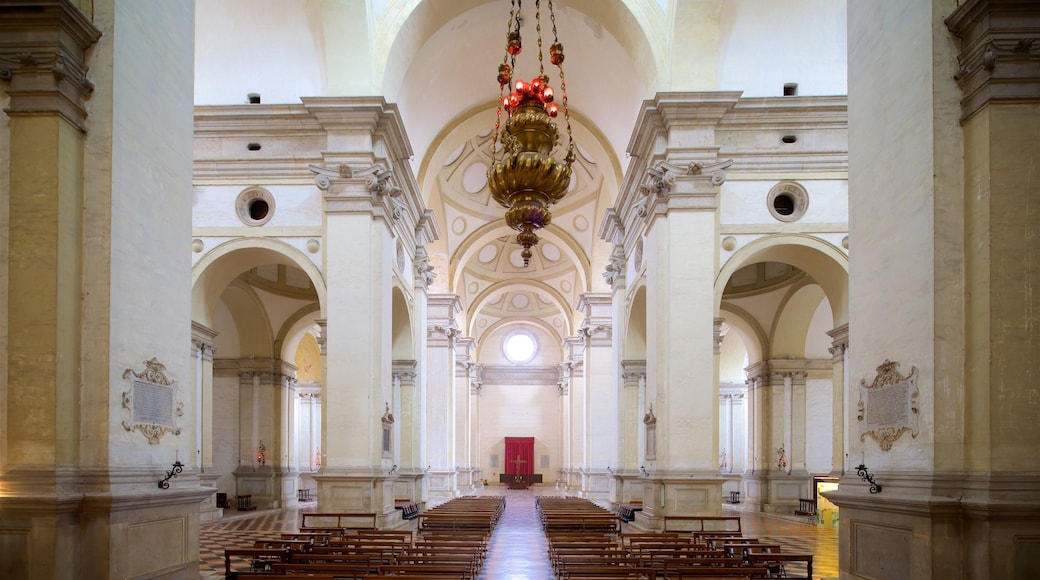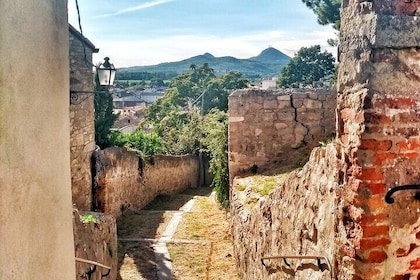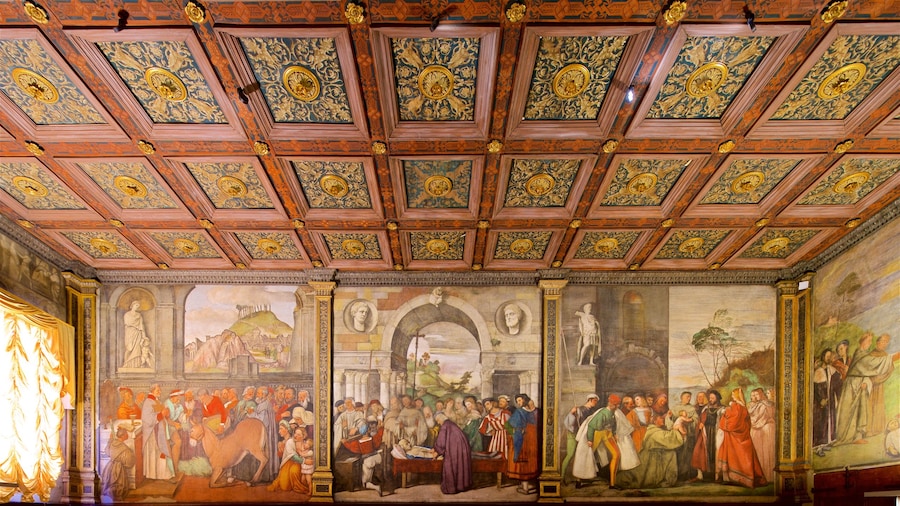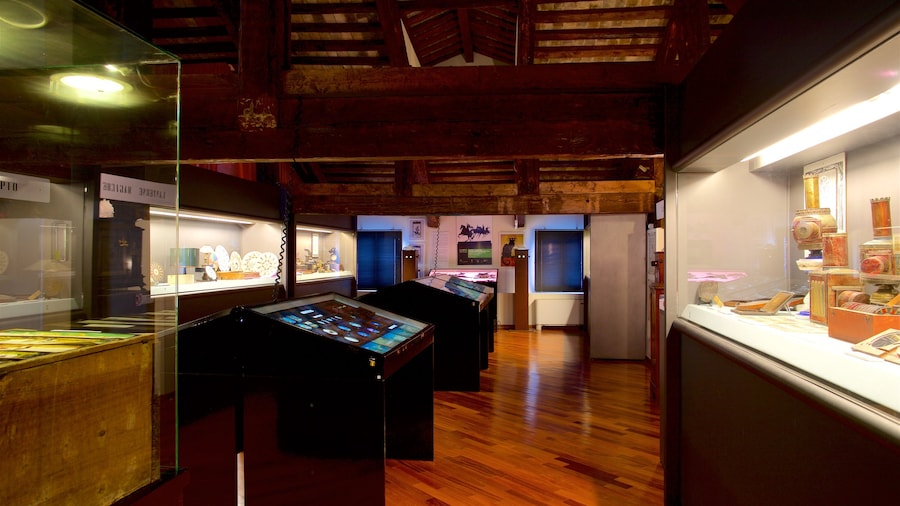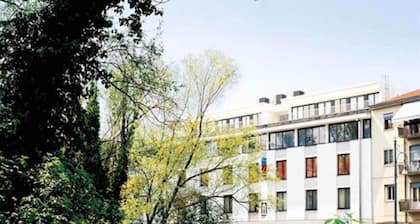The Basilica of St. Giustina is an impressive church in the heart of historic Padova. Its original structure can be traced back to the 6th century, when it was built to house the remains of St. Giustina. The teenage saint was martyred in A.D. 304 and became the city’s patron saint. Discover the basilica’s collection of sumptuously decorated chapels, which tell the story of the city’s saints.
View the front of the basilica from the street. Note its imposing brick façade, which was added in the 17th century. Behind the basilica you’ll see the monumental domes of the 10th-century Benedictine abbey.
Enter the basilica and make your way into its vast nave, which is flanked by 26 grand columns. Note the main altar’s exquisite altarpiece containing a depiction by Paolo Veronese of the martyrdom of St. Giustina. As you wander through the aisles and the transept, observe the 20 different chapels. Reach the tomb of St. Luke at the left of the transept. According to the church’s beliefs, the remains of the author of the Gospel of Luke and the Acts of the Apostles are buried here.
Continue to the right of the main altar to reach the Chapel of St. Massimo. Look for the tomb of Elena Lucrezia Cornaro Piscopia, who may be the first woman in the world to be awarded a PhD. Pass through the Chapel of St. Matthew and explore the Corridor of the Martyrs. Enter a small frescoed chamber thought to house the remains of several early Christian martyrs. The Tomb of St. Prosdocimo is decorated in paintings from the 5th and 6th centuries and is one of the oldest church buildings in Padova. In the chapel’s vestibule find the holy tomb of St. Giustina.
The Basilica of St. Giustina is located near the Prato della Valle, south of Padova’s historic center. Guided tours are available upon request. The basilica is open daily however, there is a short closure each afternoon. Reach the area easily via the city’s light rail network.




